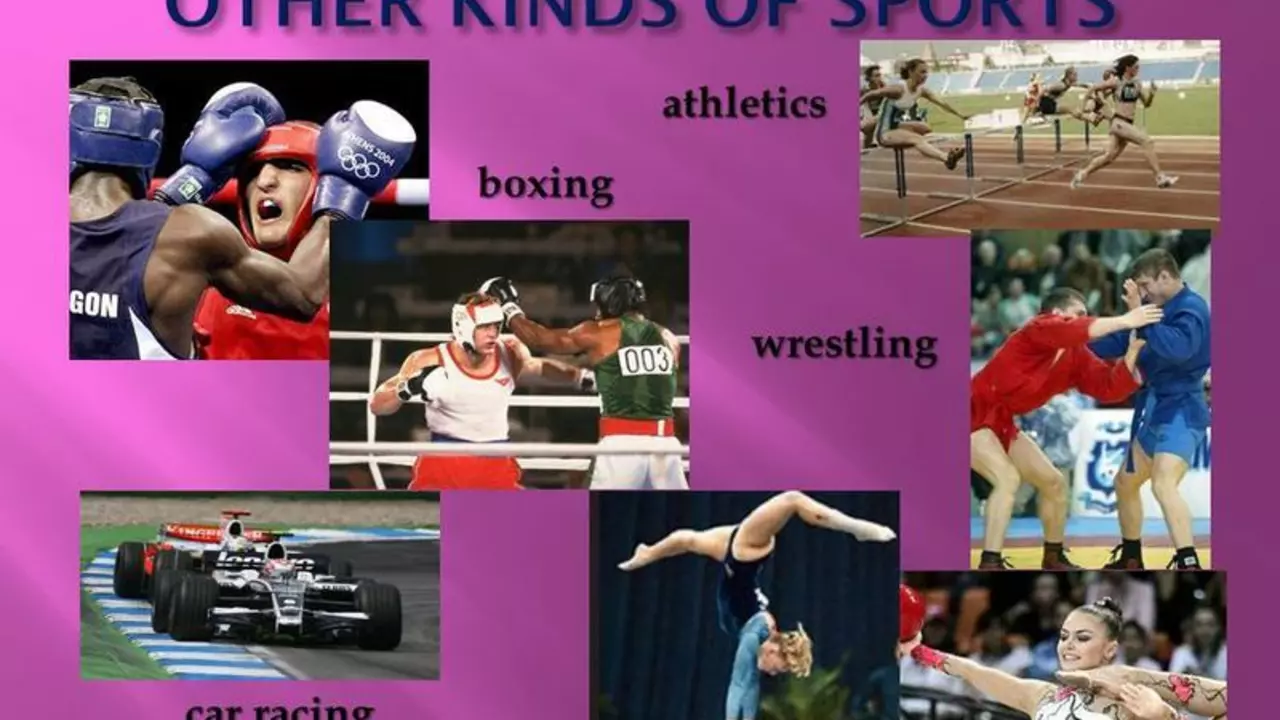Sports Education
When you explore Sports Education, the study of how sports are taught, understood, and applied, you quickly see it’s more than a buzzword. It’s a field that ties together theory and practice, giving you the tools to break down any activity into its core parts. For example, a sport, a structured physical activity with rules and goals isn’t just about fun – it’s a blend of physical exertion, the energy you spend moving your body, skill, the learned techniques that let you perform better, and competition, the contest that pushes participants to improve. Those four pieces form the backbone of any sports curriculum.
Sports Education doesn’t stop at the basics. It also looks at who sets the standards. An official organization, a governing body that approves rules and classifications decides what counts as a legitimate sport, writes the rulebook, and often runs certification programs. Those rules shape how athletes train and how coaches teach, creating a clear pathway from novice to elite. When you understand the rule framework, you can see why some activities qualify as sports while others remain hobbies.
Key Concepts You’ll Encounter
One of the most common questions in this field is “What actually defines a sport?” The answer we keep returning to is that a sport must blend physical effort, skill, and a competitive element, all under a recognized set of rules. Physical exertion fuels the body, skill refines performance, and competition adds the drive to improve. Together they create a repeatable, measurable activity that can be taught, learned, and judged.
Another vital piece is sport classification, the system that groups sports by type, equipment, or skill set. Classification helps educators design curricula that match athletes’ abilities and goals. For instance, water‑based sports like bodyboarding fall under a different category than land‑based team games, which means training methods, safety protocols, and progress tracking will differ.
Mentally, sports demand strategy. The mental strategy, the planning and decision‑making that guide actions during play often separates a good player from a great one. Coaches who include mental drills in their lessons see athletes who stay calm under pressure and adapt quickly to changing conditions.
All these elements—rules, effort, skill, competition, classification, and mindset—interlock to form a complete education system. When you grasp each piece, you can create lesson plans that are logical, progressive, and fun. Whether you’re a beginner trying to understand why a board sport counts as a sport, or an experienced instructor looking to fine‑tune a training program, the same principles apply.
In practice, Sports Education also means staying current with new research and emerging sports. Today’s bodyboarding techniques, for example, borrow from surfing, skateboarding, and even gymnastics. Recognizing those cross‑disciplinary influences lets educators bring fresh ideas into the classroom and keep athletes engaged.
The articles below dive deeper into each of these topics. You’ll find clear explanations of sport definitions, step‑by‑step guides to building a classification system, and practical tips for adding mental strategy into everyday drills. Ready to see how theory turns into real‑world coaching? Scroll down and start exploring the full collection of posts designed for every level of sports learning.

How do you define a sport?
Defining a sport is not as straightforward as some might think. In my view, a sport involves physical exertion, skill, and often, competition between participants. It's not just about the physical aspect, though, it's also about the mental strategy that goes with it. Importantly, it needs to be recognized by some official organization or body, and it usually involves a set of rules that participants must follow. It's a broad definition, sure, but it encompasses the many diverse activities we classify as sports.
Read More


